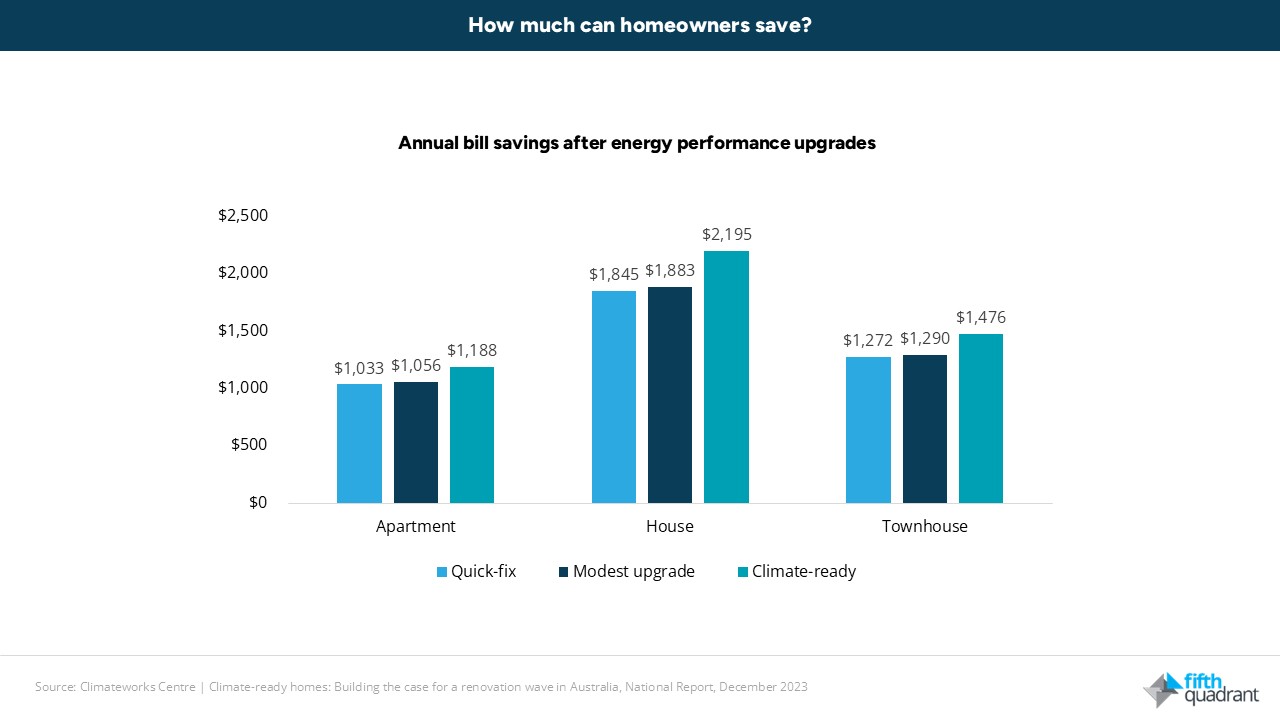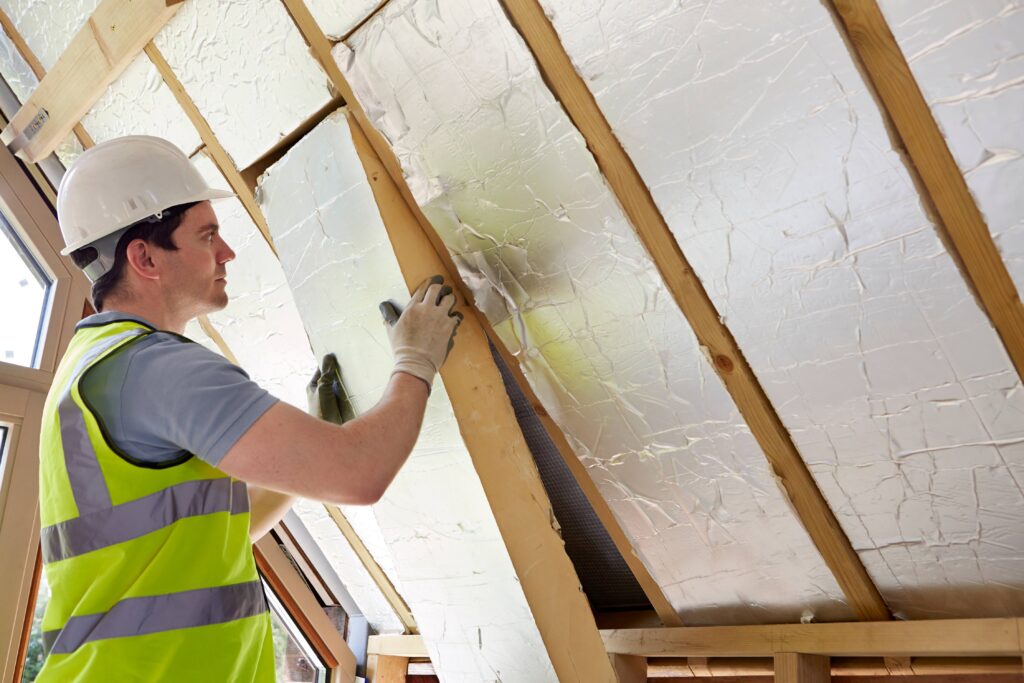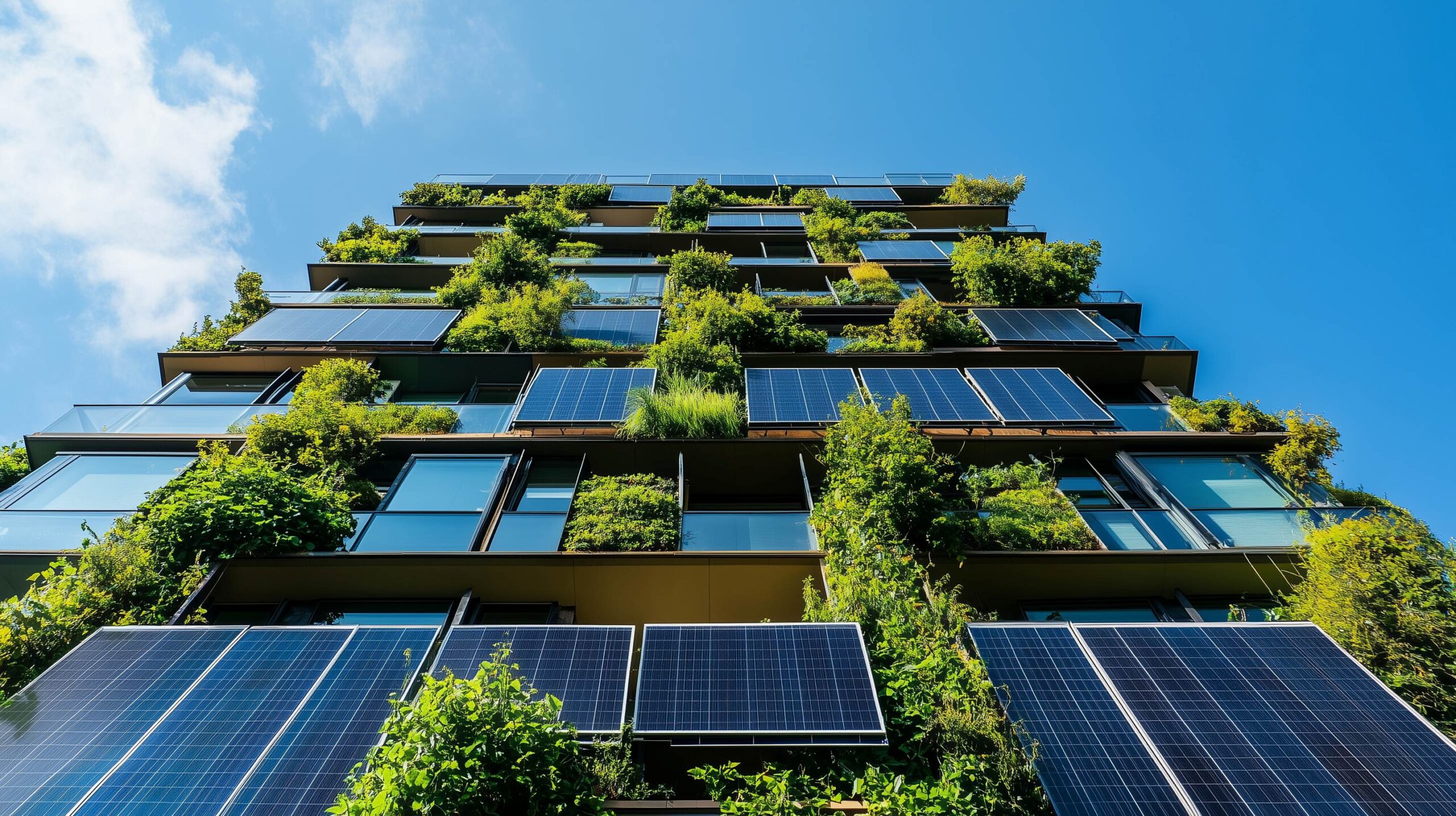Author: Nick Rassool | Posted On: 16 Jun 2025
In Australia’s overheated housing market, it’s easy to assume buyers are only focused on interest rates, school zones and floor area. But another set of priorities are quickly gaining ground, and for many households, it starts with energy efficiency and better energy performance.
From rooftop solar to improved insulation, features once seen as optional add-ons are now influencing what people are willing to pay and where they choose to live.

A shift in buyer behaviour
Domain’s 2025 Sustainability in Property report shows how mainstream energy-efficient housing has become. More than half (52.2%) of houses sold this year included at least one energy-efficient feature, up significantly from 2020.
It’s not just window dressing. Homes with energy-efficient features are consistently selling for more:
- Houses: 14.5% higher median price (around $118,000 more)
- Units: 12% higher (roughly $75,000 more)
While energy prices and climate concerns play a role, buyers are increasingly focused on long-term costs and comfort.
Cost, comfort and common sense
According to CSIRO and Climateworks, combining basic thermal upgrades with electrifying household systems like hot water and cooking can significantly reduce bills:
- Detached houses: $1,850 to $2,200 savings per year
- Townhouses: $1,270 to $1,480
- Apartments: $1,030 to $1,200

These are not abstract savings. They translate into real cost-of-living relief, especially as energy prices rise. Many of the upgrades that deliver them, like insulation, draft sealing and passive design, also improve comfort by reducing reliance on heating and cooling.
And it’s not just new builds. Over 70% of Australia’s housing stock was built before 2003, before mandatory energy standards were introduced. Most homes on the market today are thermally inefficient by design, and retrofitting them to improve comfort and reduce energy bills is becoming a growing priority for households and governments alike.

What’s driving the premium?
The Domain report highlights how features like orientation, insulation and efficient design now play a bigger role in property value. A north-facing home adds an average of $375,500 nationally, and over $600,000 in Sydney.
Double glazing also ranks highly, adding around $145,000, with the biggest uplift seen in urban areas where compact housing types are more common.
Solar is the most frequently listed energy feature, found in 37.6% of houses sold. It continues to carry value, particularly in regional areas where space makes upgrades easier and more impactful.
Supply, transparency & what comes next
As demand grows, supply is expanding, particularly among detached homes where owners have greater control. But uptake varies. Canberra leads, helped by mandatory disclosure laws. In the ACT, nearly three-quarters of listed homes meet energy-efficient criteria. The premium there is lower, not because the features matter less, but because they are more widely expected.
A parallel trend
At Fifth Quadrant, we recently worked with a housing developer, exploring demand for net zero homes in the United States. In the US, clear, accessible information proved critical to helping buyers understand and value energy performance. Many were open to the idea but needed help navigating costs and trade-offs. These findings mirror what we’re seeing here: performance, not just principle, is driving behaviour.
Final thought
Sustainable housing is no longer a niche concern. It is becoming part of the baseline. Buyers are thinking beyond the purchase price, factoring in long-term comfort, resilience and cost of living.
For developers, policymakers and others in the property ecosystem, this shift presents both a challenge and an opportunity: to lift the standard, close the information gap and make better-performing homes more accessible.
At Fifth Quadrant, we help organisations make sense of these shifts, whether you are building, investing or shaping policy. Understanding how buyer preferences are evolving is key to staying ahead of the market.
Explore our latest insights into housing, sustainability and the built environment here.
Posted in Built Environment, Consumer & Retail, Energy Transition, Social & Government, TL

